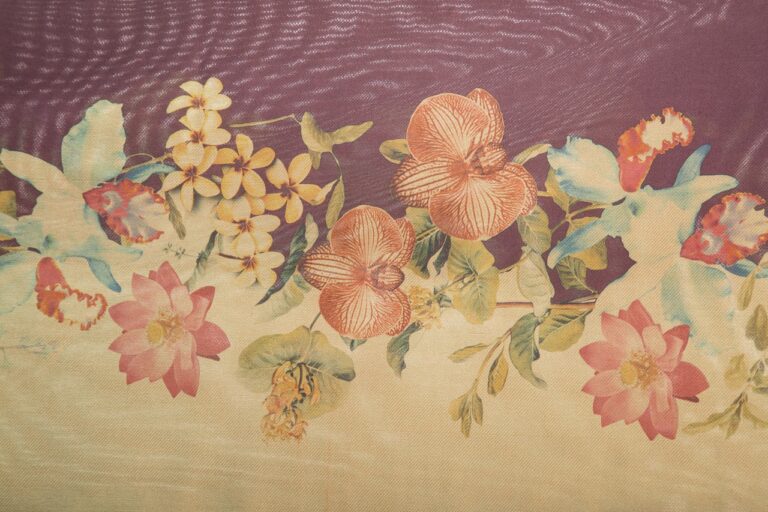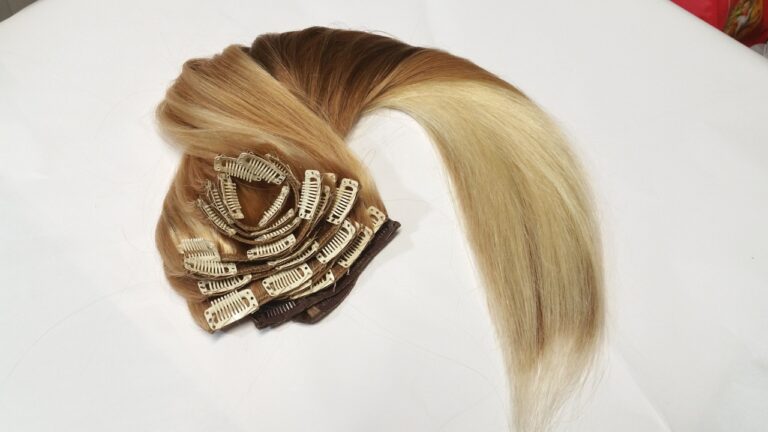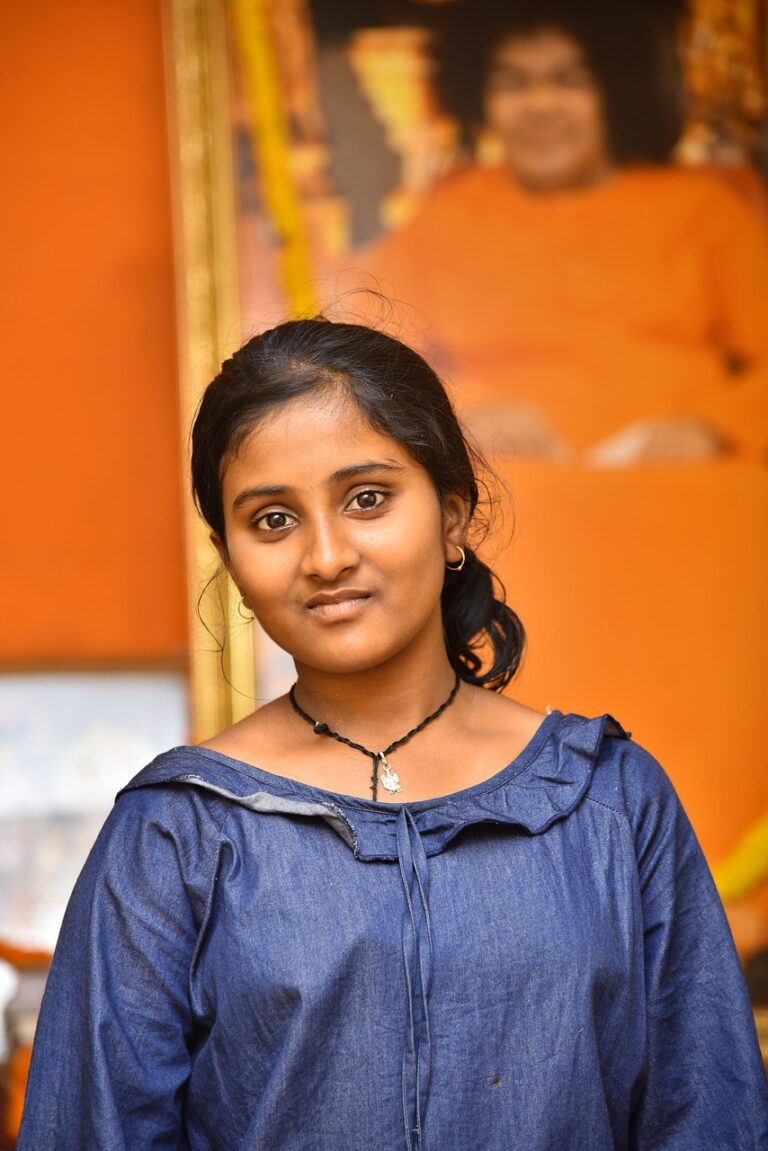Fashion and Technology: 3D Printing in Fashion Design
Fashion and technology are two industries that have been traditionally separate but are increasingly merging together. One exciting new development in the intersection of these fields is the use of 3D printing in fashion design. 3D printing, also known as additive manufacturing, is a process in which a three-dimensional object is created by layering material to build up the final product. In the world of fashion, 3D printing is revolutionizing the way garments and accessories are designed and produced. In this article, we will explore the impact of 3D printing on fashion design, its benefits and challenges, and the future possibilities it holds for the industry.
History of 3D Printing in Fashion Design
While 3D printing technology has been around since the 1980s, its use in fashion design is a relatively recent development. The first 3D printed garment was created by designer Francis Bitonti in collaboration with fashion designer Michael Schmidt in 2013. Since then, 3D printing has gained traction in the fashion industry, with designers and brands incorporating this technology into their creative process.
Benefits of 3D Printing in Fashion Design
There are several benefits to using 3D printing in fashion design. One of the main advantages is the ability to create complex and intricate designs that would be difficult or impossible to achieve with traditional methods. With 3D printing, designers can push the boundaries of what is possible in terms of shape, texture, and structure. Additionally, 3D printing allows for greater customization and personalization, as garments and accessories can be tailored to fit the individual’s body perfectly.
Challenges of 3D Printing in Fashion Design
While 3D printing offers many advantages, there are also challenges that come with using this technology in fashion design. One of the main hurdles is the high cost of 3D printing equipment and materials, which can be prohibitive for smaller designers and brands. Additionally, the speed of 3D printing can be a limiting factor, as it can take hours or even days to complete a single garment. There are also environmental concerns related to the waste generated by 3D printing, as well as the sustainability of the materials used.
Future of 3D Printing in Fashion Design
Despite the challenges, the future of 3D printing in fashion design looks promising. As the technology continues to evolve and become more affordable, we can expect to see more designers and brands embracing 3D printing as a part of their creative process. The possibilities are endless, from creating custom-fit clothing to innovative accessories and even experimenting with new materials and textures. 3D printing has the potential to revolutionize the way we think about fashion and design, offering endless opportunities for creativity and innovation.
FAQs
What is 3D printing in fashion design?
3D printing in fashion design is the process of using additive manufacturing technology to create garments, accessories, and other fashion items. This technology allows designers to create complex and innovative designs that would be difficult or impossible to achieve with traditional methods.
What are the benefits of using 3D printing in fashion design?
Some of the benefits of using 3D printing in fashion design include the ability to create customized and personalized garments, the ability to experiment with new shapes and textures, and the potential for greater sustainability in the fashion industry.
What are the challenges of using 3D printing in fashion design?
Some of the challenges of using 3D printing in fashion design include the high cost of equipment and materials, the speed of the printing process, and environmental concerns related to waste and sustainability.
What is the future of 3D printing in fashion design?
The future of 3D printing in fashion design looks promising, with more designers and brands embracing this technology as a part of their creative process. As the technology continues to evolve and become more affordable, we can expect to see new innovations and possibilities in the world of fashion design.







